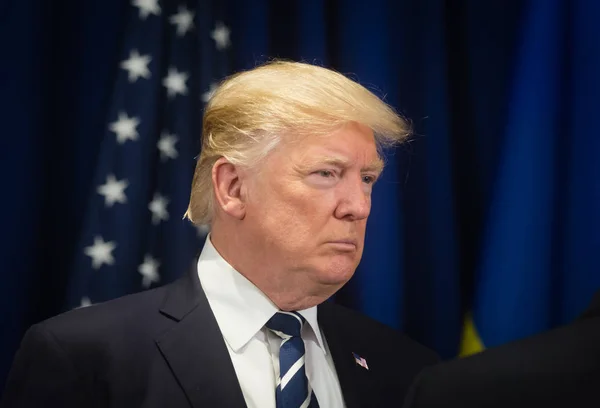
Can a single presidential directive upend three decades of nuclear restraint? That is the question now looming large after President Donald Trump ordered the Pentagon to “immediately” resume nuclear weapons testing. The announcement, delivered hours before a high-stakes meeting with Chinese President Xi Jinping in South Korea, has reignited debates over global arms control, strategic stability, and the future of U.S. nuclear policy.
For the United States, which has not conducted an explosive nuclear test since 1992, the action may signal a break in tradition under the Comprehensive Nuclear-Test-Ban Treaty framework. It comes amid an intensifying nuclear competition with Russia and China, both of which have recently flexed advanced nuclear-capable delivery systems. Analysts warn that even the suggestion of renewed testing could trigger a cascade of geopolitical consequences, reshaping deterrence strategies and accelerating an arms race.
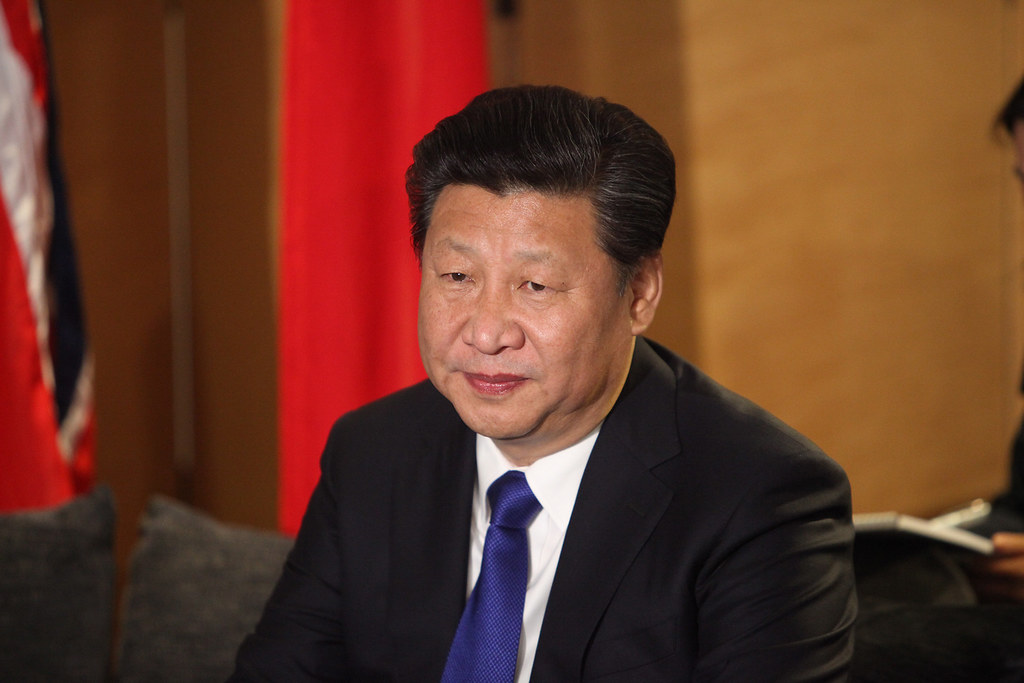
1. Sudden Policy Shift Before a Crucial Summit
Trump’s directive came just minutes before his meeting with Xi Jinping and caught some of his most senior advisers by surprise. Typically, dealing with the nuclear stockpile falls under the scope of the Department of Energy’s National Nuclear Security Administration and not the Pentagon. Vice Adm. Richard Correll, nominee to lead U.S. Strategic Command, said he was “not reading anything” into the president’s post, signaling ambiguity over whether actual explosive tests are planned.
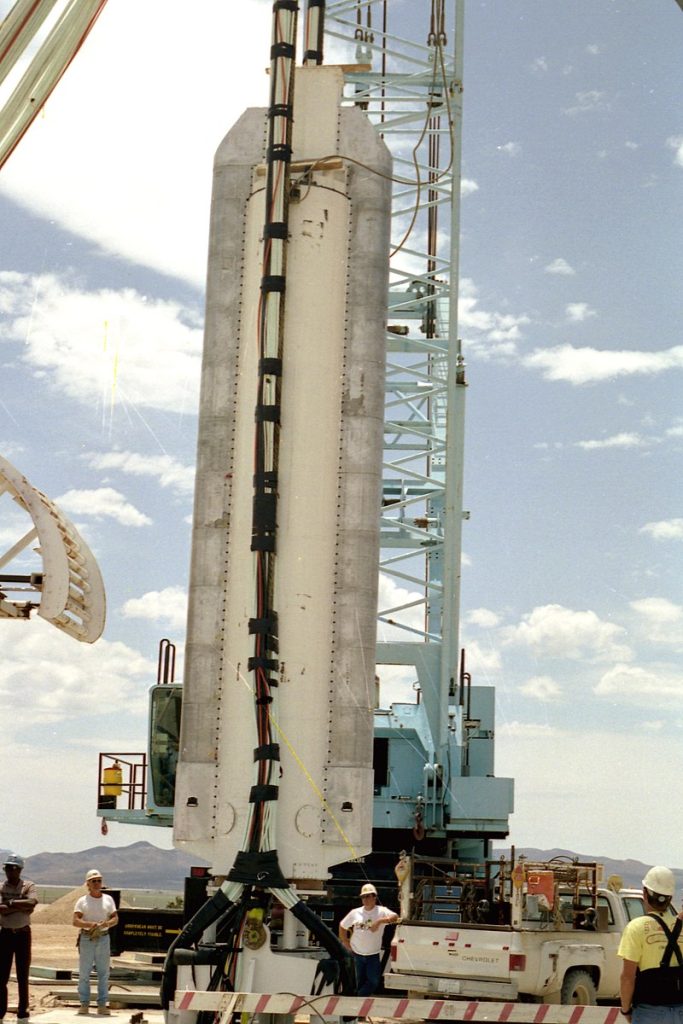
2. The last U.S. nuclear test was over 30 years ago
America’s last underground detonation, the Divider test under Operation Julin, was conducted on September 23, 1992 at the Nevada National Security Site. Since then, the U.S. has relied on a science-based stockpile stewardship program featuring computer simulations and subcritical experiments to guarantee warhead reliability. A moratorium on nuclear testing has been central to U.S. compliance with the Comprehensive Nuclear-Test-Ban Treaty, signed in 1996 but never ratified by the Senate.
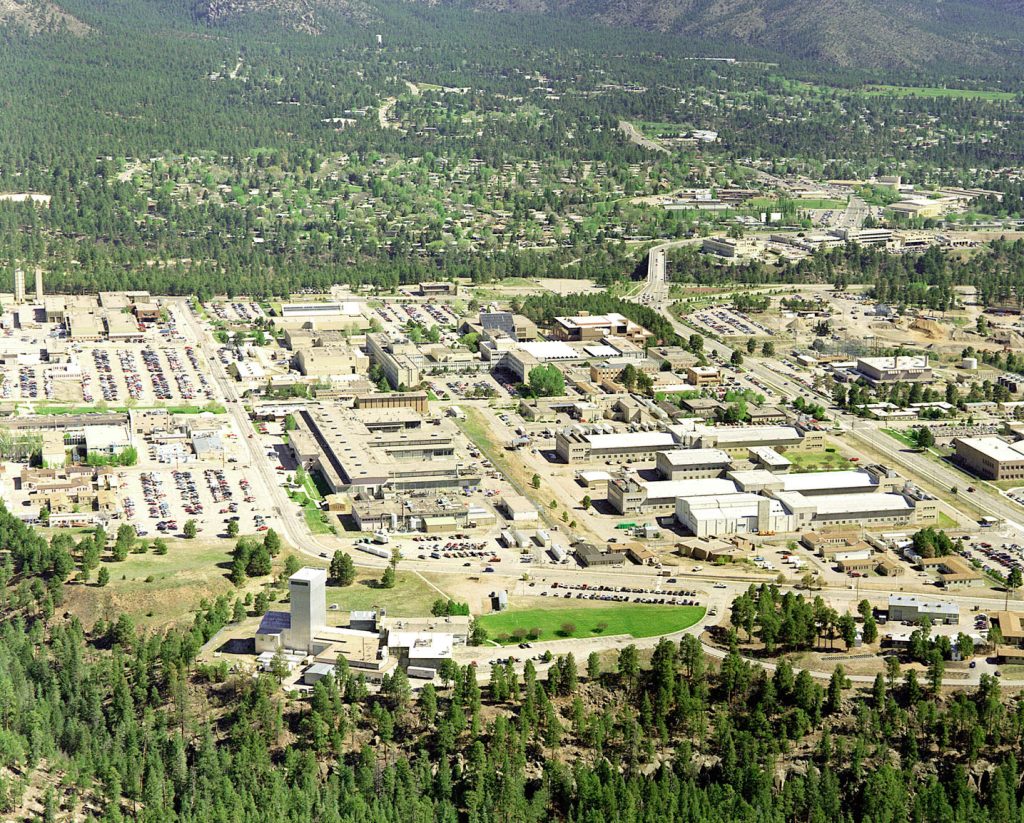
3. Technical Barriers to ‘Immediate’ Testing
Despite Trump’s rhetoric, however, experts say that any full-scale underground test would take several years to prepare. A briefing by the Los Alamos National Laboratory suggested that a single “effects shot” could take two to four years to design and conduct. The Nevada site is less capable than during the Cold War when up to 20,000 personnel supported testing operations. Today’s standards for readiness call for the NNSA to be prepared to conduct a test within 36 months, but funding for test readiness has not been requested separately since 2010.

4. Nuclear Activities of Russia and China
While neither Russia nor China has conducted an explosive nuclear test in decades, both have been growing their nuclear arsenals and test site infrastructures. More recently, Russia has tested the nuclear-powered Burevestnik cruise missile and Poseidon underwater drone, while satellite imagery has shown increased activity at China’s Lop Nur test site. This stimulates concern within the United States about strategic parity and deterrence.
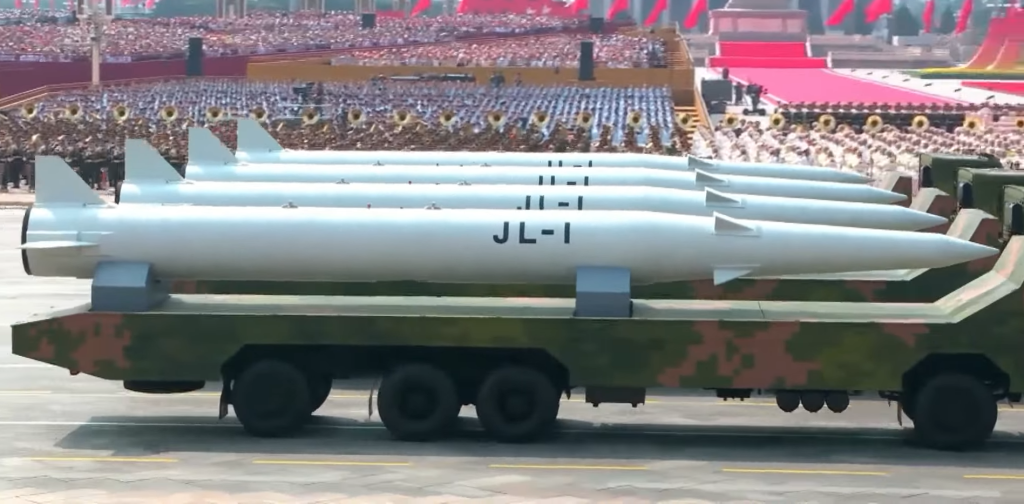
5. China’s Growing Strategic Arsenal
China’s Victory Day parade in September of 2025 confirmed a doubling of its nuclear stockpile to 600 warheads, also revealing five delivery systems with the capability of reaching the U.S. mainland. These included the JL-1 air-launched ballistic missile on H-6N bombers, plus new silo-based variants of the DF-31. The Pentagon projects China will surpass 1,000 warheads by 2030, marking both qualitative and quantitative shifts in Beijing’s deterrent posture.
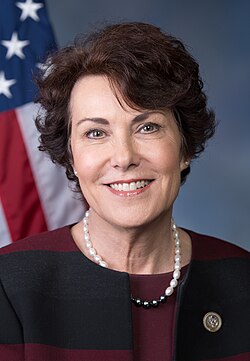
6. Domestic and Allied Reactions
The announcement brought sharp criticism from U.S. allies and domestic opponents alike. Japanese atomic bomb survivors said it undermined efforts toward a nuclear-free world. Nevada Senator Jacky Rosen warned it could “kill and poison your own people” and trigger a chain reaction leading to global proliferation. Already uneasy over expiring arms control treaties, NATO partners see renewed testing as destabilizing.

7. Risks to Arms Control and Nonproliferation
Nonproliferation experts warn that a U.S. test would break the normative taboo against nuclear detonations and would most assuredly be followed by other countries. According to the Bulletin of Atomic Scientists, such a move would undermine world security and accelerate the atomic arms race. The New START Treaty with Russia expires in February 2026, and resumed testing will make negotiations for its extension or follow-on more complicated.
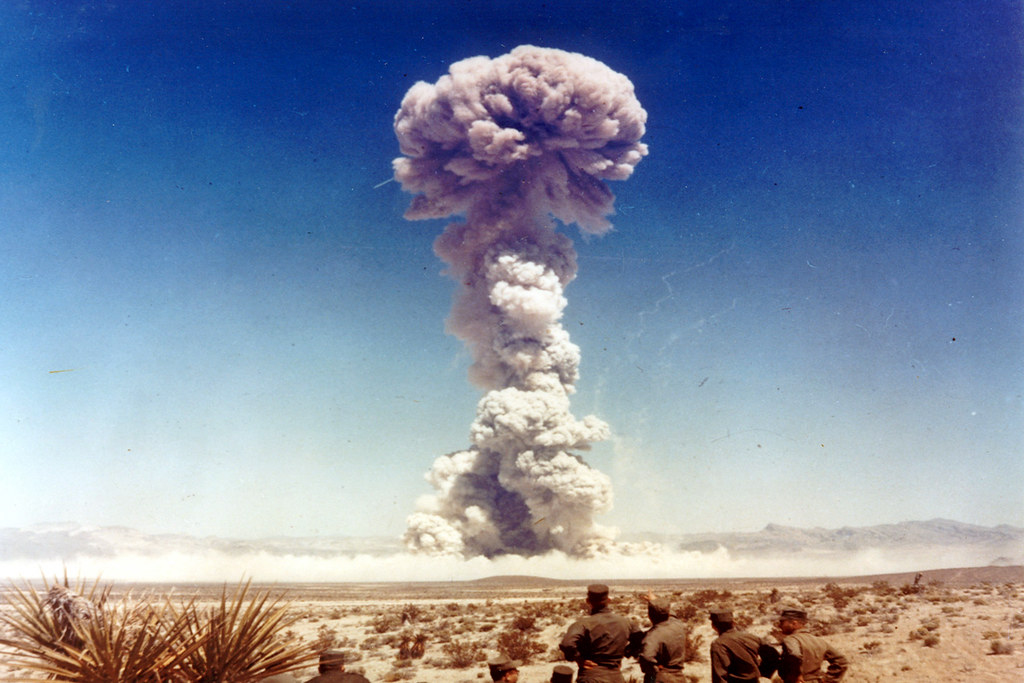
8. The Downwinder Legacy
Nevada and the surrounding states still grapple with the human cost of atmospheric testing. More than $2.7 billion has been paid through the Radiation Exposure Compensation Act, but scientific links of fallout to specific cancers are still debated to this day. Resuming testing carries the risk of re-igniting public opposition with roots in decades of health and environmental damage.

9. Strategic Signaling and Political Calculations
Analysts speculate that Trump’s timing could be to appear firm ahead of negotiations with Xi or in response to Russia’s recent weapons trials. Former officials say China would disproportionately benefit from resumed testing, given the country’s limited historical test data compared to both the U.S. and Russia. The directive might also be designed to drive investment in nuclear modernization, in line with recommendations from the bipartisan Strategic Posture Commission.

10. Modernization vs. Testing
While the United States is embarking on a long-overdue nuclear modernization program that replaces all three legs of the triad, resources are limited. Siphoning off personnel and funds in preparation for explosive testing would detract from modernization efforts. Directors of national labs and leadership at the NNSA have repeatedly said that there is no technical need for full-scale tests, since methods currently in use provide adequate certification of stockpile reliability.
Trump’s decision to resume nuclear testing has injected new uncertainty into an already volatile strategic environment. Whether the result is actual detonations or a symbolic act, the directive underlined the precarious balance between deterrence, arms control, and technological modernization. The challenge for defense planners and policymakers will lie in their ability to navigate these competing priorities without touching off the very arms race such measures are intended to prevent.


